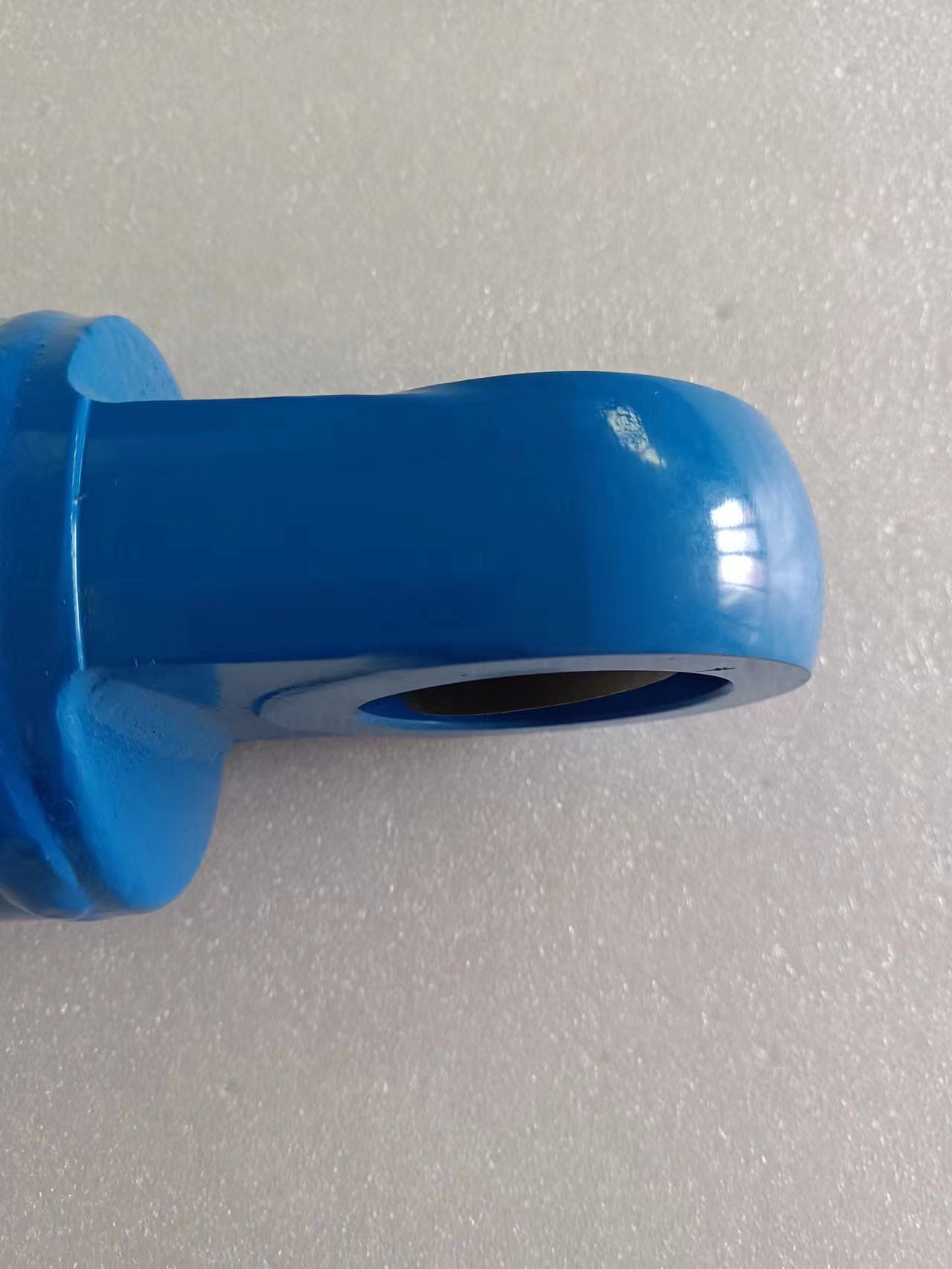Nov . 05, 2024 22:06 Back to list
Hydraulic Clamping Cylinder Solutions for Efficient Industrial Applications and Enhanced Performance
Understanding Hydraulic Clamping Cylinders Key Components and Applications
Hydraulic clamping cylinders play a vital role in various industrial applications, functioning as essential components for securely holding workpieces in place during machining operations, assembly processes, and manufacturing. These innovative devices utilize the principles of hydraulics to generate the significant force required for clamping mechanisms, ensuring precision and safety across numerous industries.
What Are Hydraulic Clamping Cylinders?
At their core, hydraulic clamping cylinders are mechanical devices that convert hydraulic pressure into linear motion. They consist of several key components, including a cylinder body, a piston, seals, and hydraulic fluid. When hydraulic fluid is introduced into the cylinder, it creates pressure that forces the piston to move, which in turn engages the clamping mechanism to secure the workpiece.
These cylinders can be designed in various sizes and configurations, depending on the application requirements. They are commonly made from high-strength materials to withstand the demanding conditions of industrial environments and provide longevity in performance.
Working Principle
The operation of a hydraulic clamping cylinder is based on Pascals' principle, which states that pressure applied to a confined fluid is transmitted undiminished throughout the fluid. When hydraulic fluid is pumped into the cylinder, the fluid exerts force on the piston, moving it to the desired position. Once the piston is in place, the workpiece is clamped securely, preventing any movement during operations.
One of the significant advantages of hydraulic systems is their ability to exert a substantial amount of force with minimal manual effort. This efficiency makes hydraulic clamping cylinders an ideal choice for heavy-duty applications, such as die casting, metal forming, and assembly lines.
Advantages of Hydraulic Clamping Cylinders
1. High Force Output Hydraulic clamping cylinders can generate considerable clamping forces, making them suitable for heavy workpieces or components that require strong securement.
2. Precision Control The ability to control the hydraulic pressure allows for precise adjustments in clamping force. This is crucial in processes where the exact force is needed to avoid damaging the workpiece.
hydraulic clamping cylinder products

3. Durability Constructed from robust materials, hydraulic clamping cylinders are designed to withstand the rigors of industrial environments. Their durability ensures that they can operate reliably for extended periods.
4. Versatility These cylinders can be utilized in various applications, from simple clamping tasks to complex automated systems, making them highly versatile.
5. Reduced Operator Fatigue The automation and ease of use associated with hydraulic systems significantly reduce the physical strain on operators. This not only enhances productivity but also improves workplace safety.
Applications of Hydraulic Clamping Cylinders
Hydraulic clamping cylinders find productive use in numerous applications across diverse sectors, including
- Manufacturing In metalworking and fabrication, hydraulic cylinders are commonly used to hold workpieces during machining processes, ensuring accuracy and repeatability.
- Packaging They play a role in automated packaging processes, securely clamping items during shrink wrapping or sealing.
- Automotive Industry In assembly lines, these cylinders are crucial for holding components in place, allowing for precision assembly of vehicles.
- Aerospace Given the stringent quality and safety standards in aerospace manufacturing, hydraulic clamping cylinders provide the necessary precision for assembling critical components.
Conclusion
Hydraulic clamping cylinders are indispensable in modern industrial applications, contributing to enhanced precision, efficiency, and safety in various processes. Understanding their function, advantages, and applications can greatly benefit manufacturers and engineers in selecting the appropriate clamping solutions for their operations. As technology continues to advance, the role of hydraulic systems is likely to become even more significant, driving innovation across industries while ensuring high-quality results in manufacturing and assembly.
-
1.5 Ton Lifting Cylinder 70/82-40-290-535 | Precision Engineering&Industrial Applications
NewsJul.21,2025
-
1.5 Ton Lifting Cylinder 70/82-40-290-535-Hebei Shenghan|Hydraulic Solution, Industrial Applications
NewsJul.21,2025
-
1.5 Ton Lifting Cylinder-Hebei Shenghan Hydraulic Machinery Co., Ltd.|High-Load Capacity&Industrial Hydraulic Solution
NewsJul.21,2025
-
1.5 Ton Lifting Cylinder-Hebei Shenghan Hydraulic Machinery Co., Ltd.|High-Load Capacity&Industrial Hydraulic Solution
NewsJul.21,2025
-
1.5 Ton Lifting Cylinder-Hebei Shenghan Hydraulic Machinery Co., Ltd.|High-Load Capacity&Industrial Hydraulic Solution
NewsJul.21,2025
-
1.5 Ton Lifting Cylinder 70/82-40-290-535 - Hebei Shenghan Hydraulic Machinery Co., Ltd. | High Performance, Durable, Industrial Use
NewsJul.21,2025
